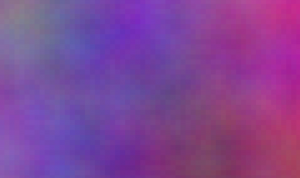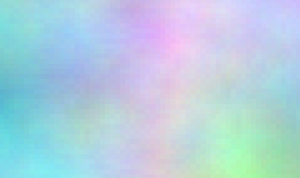For this week’s Looking Outwards post, I chose one of the works from this blog: Rectangle World run by Dan Gries. The blog features many different types of randomly generated art pieces, but the one that stood out to me the most was the Colourful Cellular Automaton, published in June, 2012. The automaton generates random colour “tapestries” when you click the canvas. Each individual rectangle generates a colour and the colours eventually shift to match each other and form a certain range of colours. The automaton can be tested here. For the sake of the post, I tried out the automaton a couple of times and posted the images I generated below.

What I admire about the work is how simple yet aesthetically pleasing the end product ends up being. As an artist myself I also think this project could be useful as a colour palette generator, and I tend to be really fond of those (for example, the twitter “manygradients” generates a colour wheel every half hour). I think the artist’s sensibilities come out in the work through the way that the project was conceived. According to the blog post, Dan Gries claimed “While thinking and reading about flocking algorithms and cellular automata, [he] had the idea of mixing the two algorithms together.” Personally I find those random bouts of inspiration to just create something to be the most interesting.
My understanding of randomness in algorithms is mostly limited to what I’ve been learning in p5.js. How the code works is that each square tries to mimic the colour of the neighbouring squares, but not exactly. The squares also try to match the direction of change of the colours of the neighbouring squares. More information about how the algorithm work can be found on the blog post.
More of Dan’s works can be found on his flickr.
His website can be found here.
![[OLD – FALL 2016] 15-104 • COMPUTING for CREATIVE PRACTICE](https://courses.ideate.cmu.edu/15-104/f2016/wp-content/uploads/2020/08/stop-banner.png)

